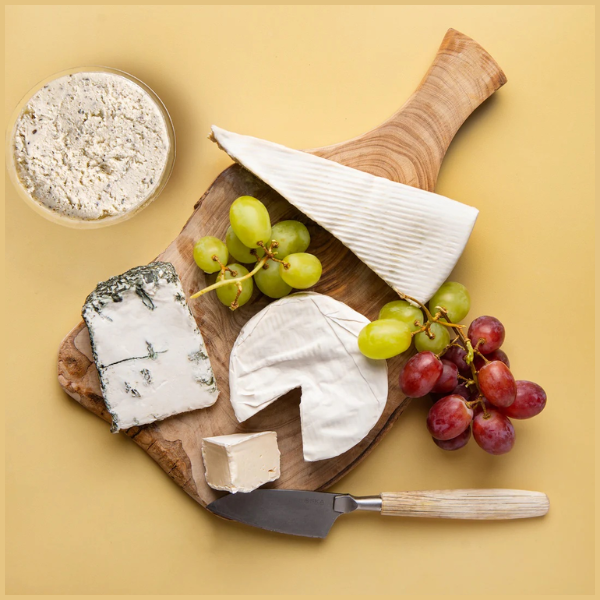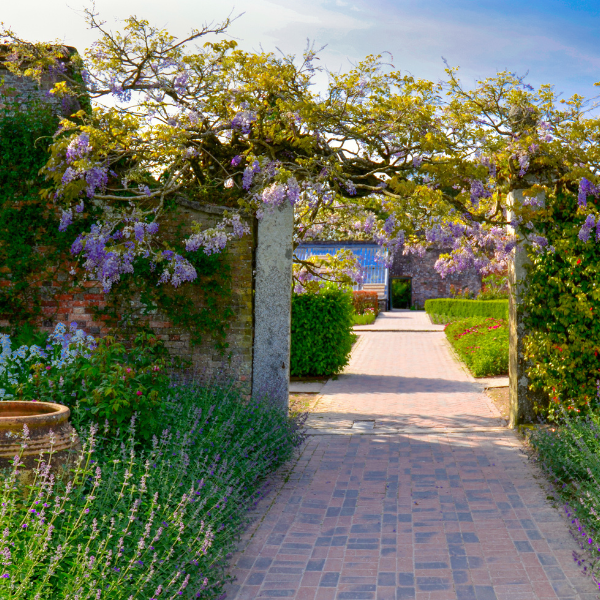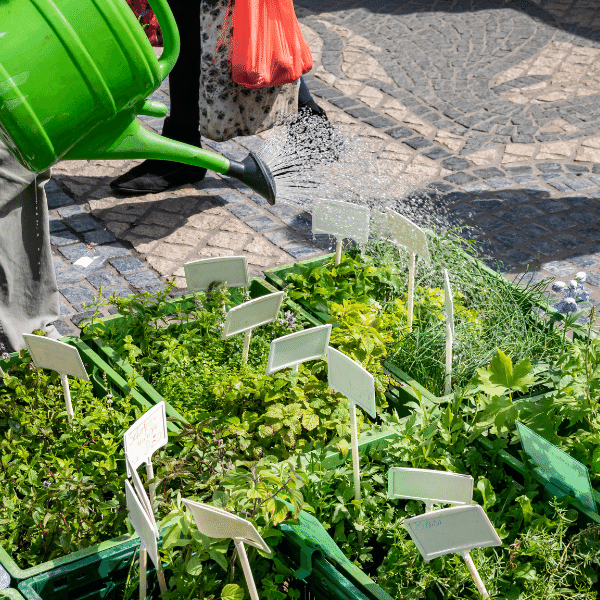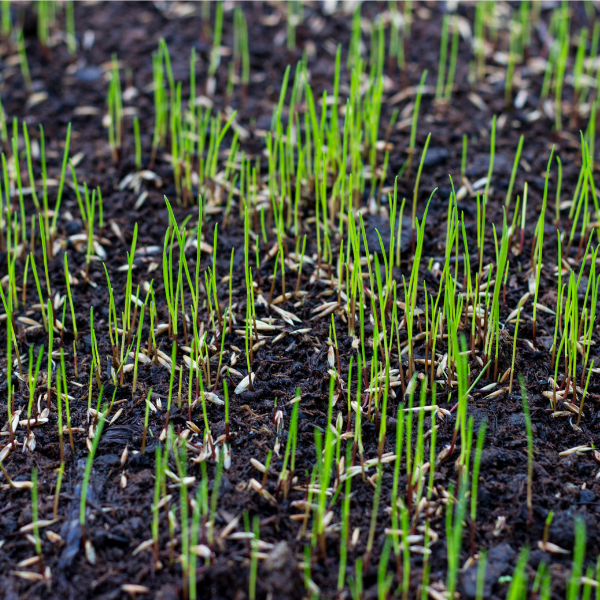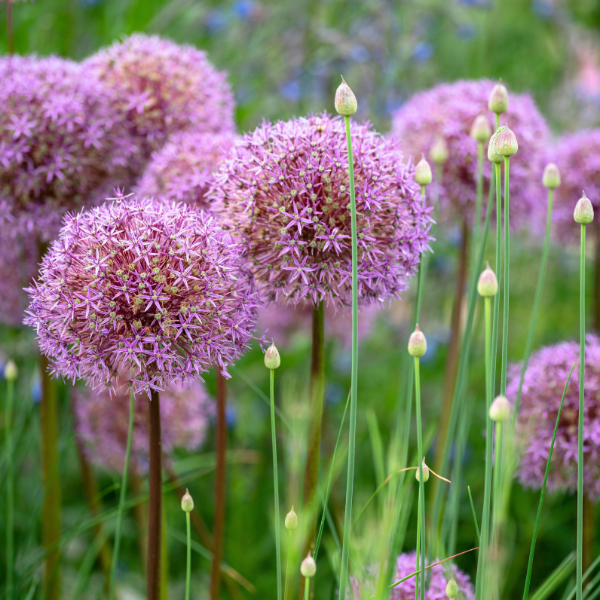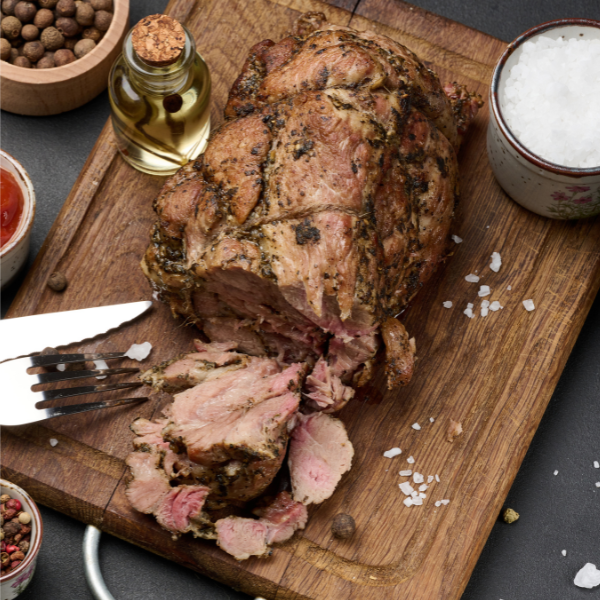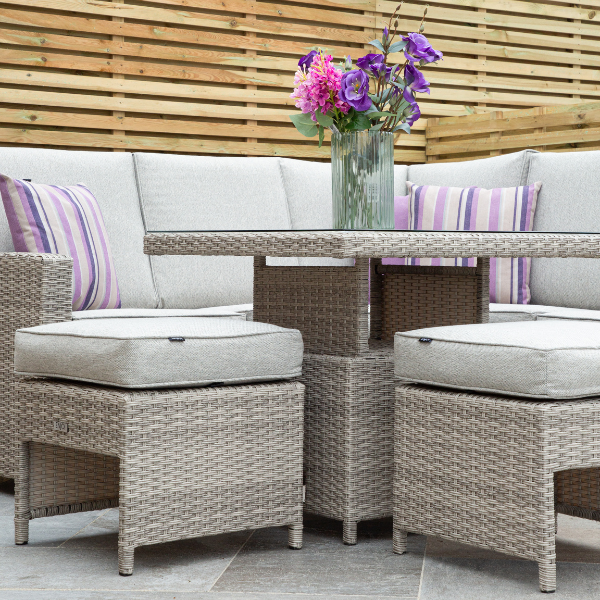Rose

Also known as: Rosa, Family: Rosaceae
The rose is loved by everyone around the world and it is grown in every country where the climate allows. Roses are thought to be one of the oldest flowers on earth, in fact it’s colourful history could date back 35 million years according to fossil evidence. There are well over 30,000 varieties of roses world wide with a very complex and interesting family tree. Roses are a classic and instantly recognisable plant, ideal for almost every style of garden. They flower abundantly from early summer in a choice of colours including pastel shades of pink, peach, cream or snowy-white; vibrant yellow and gold; orange, crimson or red. Many roses are fragrant. Some types flower in one flush of blooms while others flower all summer long.
People often find it hard to chose which Rose is right for them, their garden or even to display at a special occasion, and this is because there are so many types to chose from. In the UK the most commonly grown are the Hybrid Teas, Floribundas, Miniatures, and Dwarfs. Then you have the different types of plant, from Climbers, Ramblers, Patio Climbers, Shrubs and English Roses. The choice is huge and, on most occasions, very confusing. By understanding more about the history of the Rose and the specific types, it should help you conclude which Rose may be right for you.



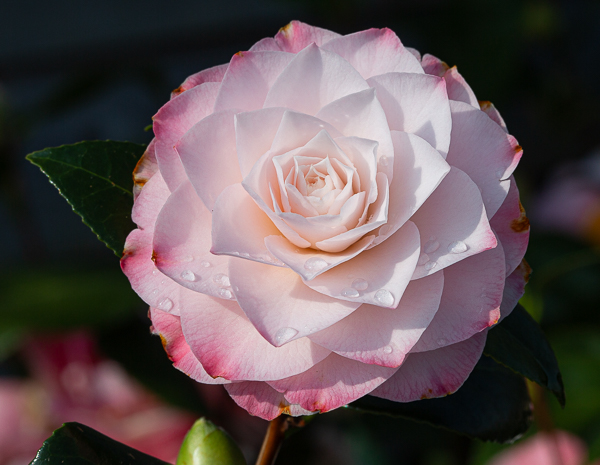
Plant Uses
Beauty and Cosmetics
Rose essential oils are used in a majority of beauty products and cosmetics. The most known form is rose water or rose hip water, this is popular in facial mists and toners, it is a by-product from rose oil production and there are many benefits of using it in your skin care routine. Fragrant essential oils from rose flowers are also added to perfumes and candles, a lot of people enjoy the scent of rose as it is sweet but not too fragrant, giving off a soft yet mature scent. Rose extracts and essential oils are also added to hair care products as they are scientifically proven to be nourishing and moisturising.
Cultural
Red roses are mainly known for their iconic symbol for representing love. As we see every year, roses are massed produced for Valentines Day and it is a flower many people buy for their partners or loved ones. According to ancient Greek mythology, roses were created by Aphrodite, the Goddess of love. In ancient Rome, newlyweds were crowned with roses to portray their infinite love for one another. The rose is the flower of England and during medieval times, they were associated with power and victory in battle. It was adopted as England's emblem since the time of the Wars of the Roses – civil wars (1455 – 1485) between the royal house of Lancaster (whose emblem was a red rose) and the royal house of York (whose emblem was a white rose).
Food and Drink
Rose hips are a source of vitamin C that was used in World War II in syrups. It is also an ingredient in some preserves such as jam and marmalade, it can also be found in jellies and teas. Rose water is also commonly used in Middle Eastern and Indian cooking, especially in sweets such as baklava, nougat and of course Turkish delight.
Rose hip is rich in antioxidants; antioxidants are substances that protect or reduce cell damage in the body. Consuming goods and beverages rich in antioxidants may protect against chronic conditions such as heart disease, type 2 diabetes and cancer. Rose hips also have a high concentration of vitamin C, which plays many essential roses in supporting your immune system. There are other suggestions that consuming rose hip through foods and drink may help protect against heart disease, aid weight loss and also possibly reduce inflammation and pain.




Q&A's
Why Choose Potted Roses?
Contrary to their fussy reputation, roses are remarkably easy to grow, even for novice gardeners. Perfect for container gardening, these beauties thrive in small spaces, from balconies to patios, and even indoors.
Which Roses Are Suitable for Pots?
Opt for miniature or patio roses for container gardens. Compact climbing roses and half standard rose trees, reaching up to 1.5m in height, also flourish in deep outdoor pots.
Bare Root vs Potted Roses
Consider whether to plant potted roses (already in a pot with foliage) or bare root roses (roots only) based on your preferences. Potted roses offer immediate appeal but require more care initially, while bare root roses, planted between November and March, establish quickly with less maintenance.
When to Plant Roses in Pots
Roses can be planted in pots year-round. Bareroot roses should be planted immediately upon arrival, typically between November and March.

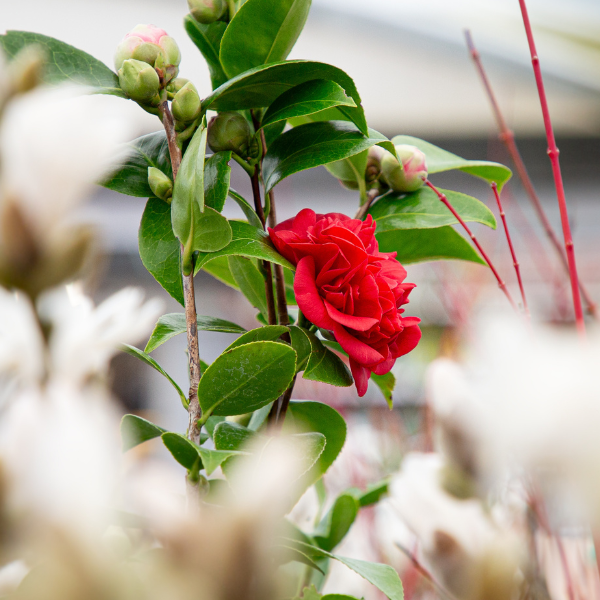
How to Plant Roses in Containers
- Choose a deep pot with drainage holes and place stones over the holes for better drainage.
- Mix John Innes No. 3 compost with multipurpose compost or manure, filling the pot halfway.
- Position the rose in the centre, ensuring the base sits about 5cm below the rim.
- Fill the rest of the pot with compost, firming around the rose, and water generously.
Caring for Potted Roses
- Monitor moisture levels and water when the compost is dry 5cm down, especially for freshly planted roses.
- For indoor roses, place them in a sunny spot, ideally south-facing, and water regularly.
- Feed roses with rose fertilizer in spring and add a 5cm layer of compost between November and February. Every other year, replace the top 5cm of compost.
- Lightly prune in February or March to maintain healthy growth and appearance.
With these simple steps, you'll enjoy the splendour of roses flourishing in your pots throughout the seasons.
More about our supplier; David Austin Roses
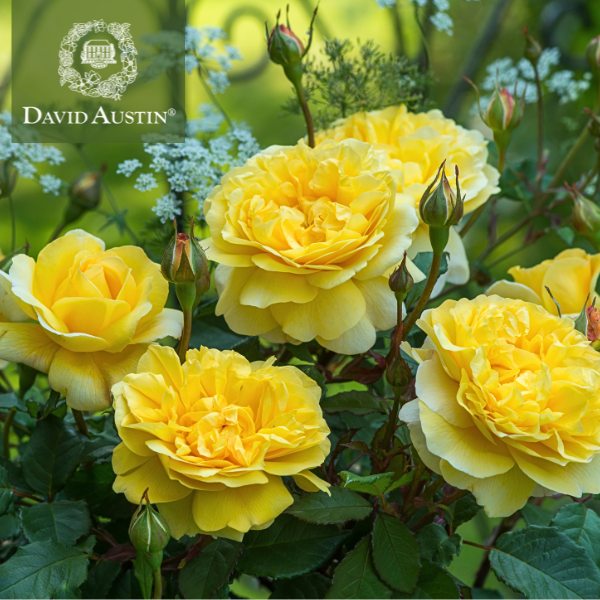
David Austin Roses have been breeding exquisite English rose since 1961 and after 60 years later, they are still growing them on their family farm in Shropshire. They are lovingly nurtures by hand until they are ready to be passed onto us, for you to purchase and enjoy in your own garden.
Still to this day, the process of growing the roses is still carried out by hand, just like it was at the very beginning. Every plant that is supplied or bought by David Rose has been hand-budded, a traditional and intricate skill carried out by the rose experts millions of times each year.
A lifetime of breeding excellence…
In the early 1950s David Austin set out to create a more beautiful rose. Sixty years on, this simple objective remains. Rose breeding is often described as being as much an art as a science.
All David Austin roses have a collective style and reflect one man’s vision. All have beautiful blooms and, in most cases, wonderful fragrance held on graceful attractive shrubs. A garden of these outstanding roses is hard to beat for sheer exuberance of flower and fragrance.
About the Charles Dawin
The flowers are very full and rounded at first, later opening up to shallow cups. They are yellow in colour, tending almost towards mustard, and have a strong, delicious fragrance, varying between soft floral Tea and pure lemon. It makes a sturdy shrub with broad, spreading growth. Named after the naturalist who was born in Shropshire, not far from the David Austin Nursery.
This type of rose grows best in all soil types and because it thrives in both full sunlight and partial sunlight, it doesn’t matter whether it is north, east, south or west facing. Because it is shrubby and full, growing outwards, it is perfect as part of a mixed border or hedging. They are also ideal for pots and containers.
If you like the Charles Darwin you may also like other yellow shrub roses such as; Roald Dahl, Vanessa Bell and The Poets Wife.
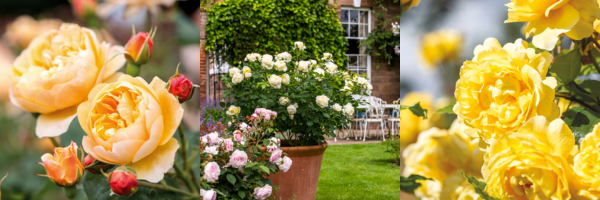
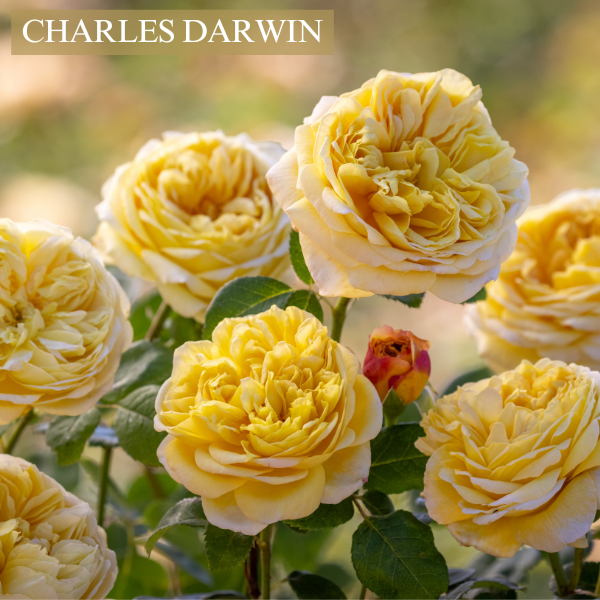
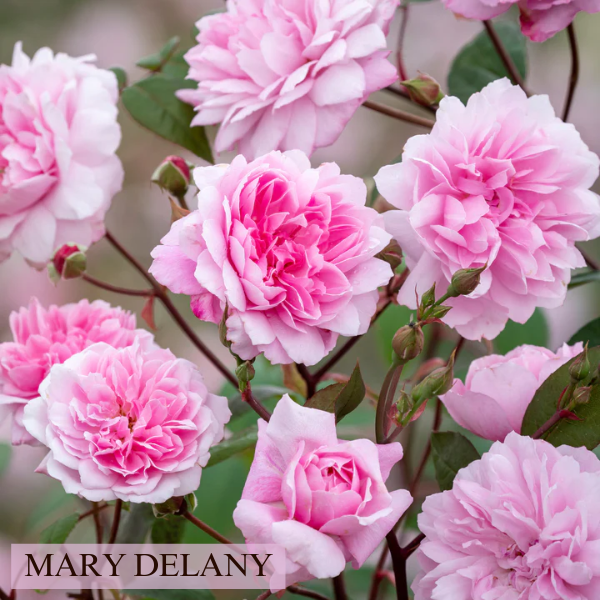
About the Mary Delany
The Mary Delany is an English climber, bearing pretty pointed buds which open to medium-sized, loose, light pink flowers. Because it is a repeat flowerer, it will have two flushes over a long season from late spring to early winter. They are held up on slender dark stems that grow in unusual shapes, usually up to 12ft in height. The scent of this particular rose is light with underlying hints of fruit. It is one of the healthiest roses, with almost thornless and relatively small, dark green leaves.
This rose is suitable for all soil types and requires full to partial sunlight. Although it is an overall brilliant climbing rose it is ideal for arches, pillar, and walls up to 10 feet. It is also suitable for doorways because it has minimal to no thorns. It is named after Mary Delany, an English artist and keen gardener who is known for her botanical drawings.
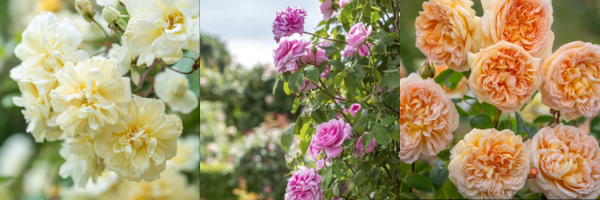

 2,768 REVIEWS
2,768 REVIEWS